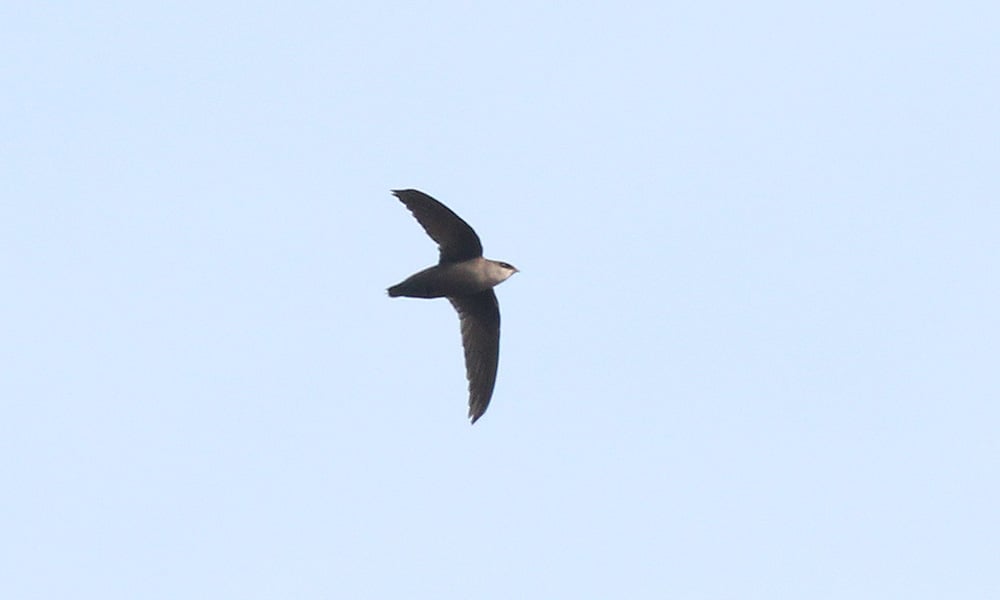Keriann Dubina is an environmental interpreter with the Forest Preserve District. She received a B.S. in zoology and an M.S. in ornithology, both from Western Illinois University. She is a Certified Interpretive Guide by the National Association for Interpreters. She enjoys teaching about freshwater biology, animal behavior, ecology, and native gardening and design. She has more than 75 native plants in her yard along with birdbaths and native bee houses as she works to transform her yard into a hot spot for native wildlife.

